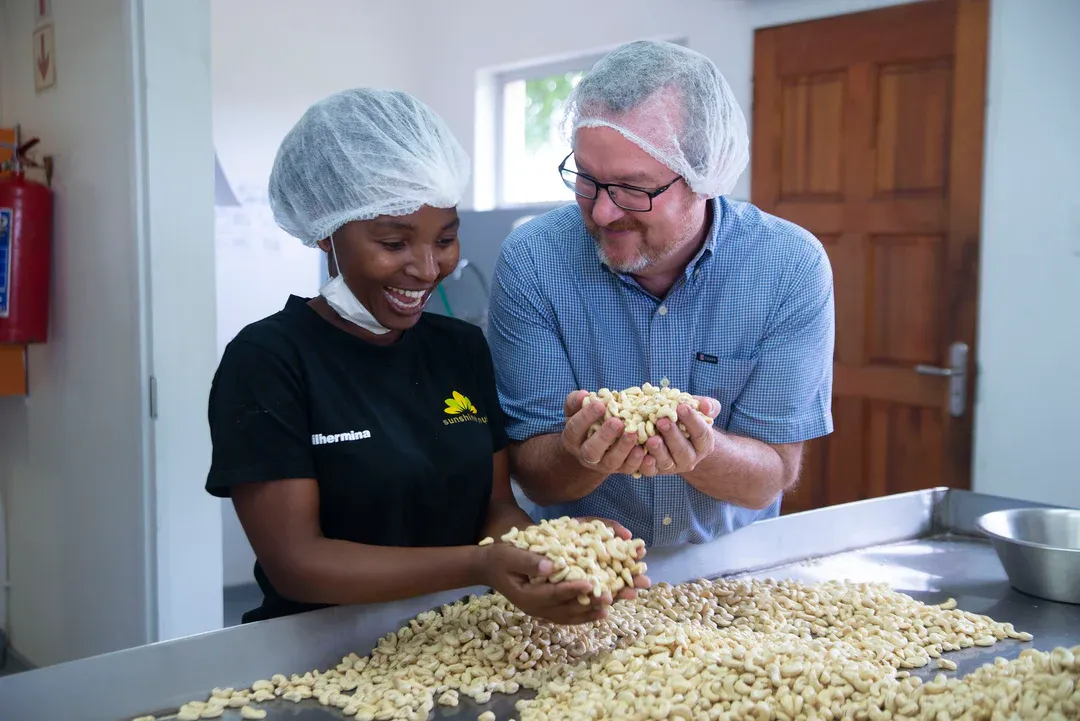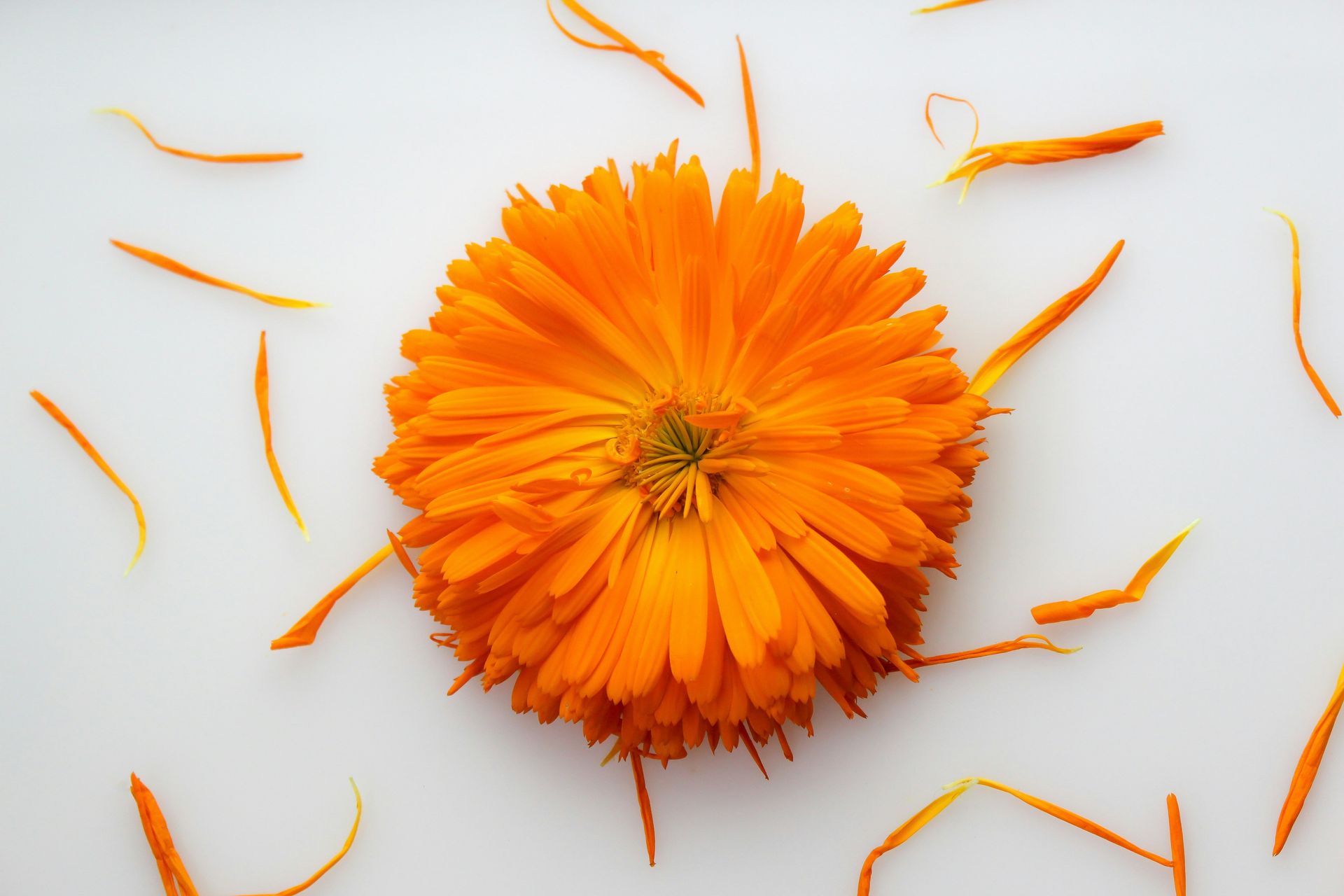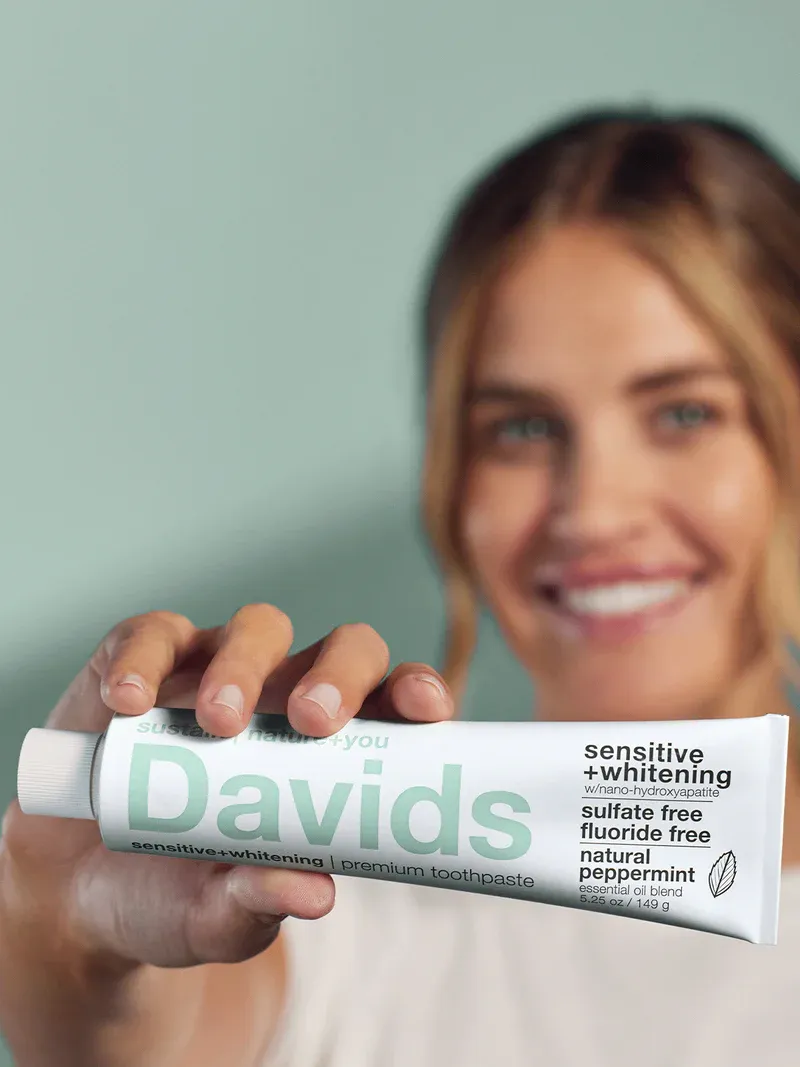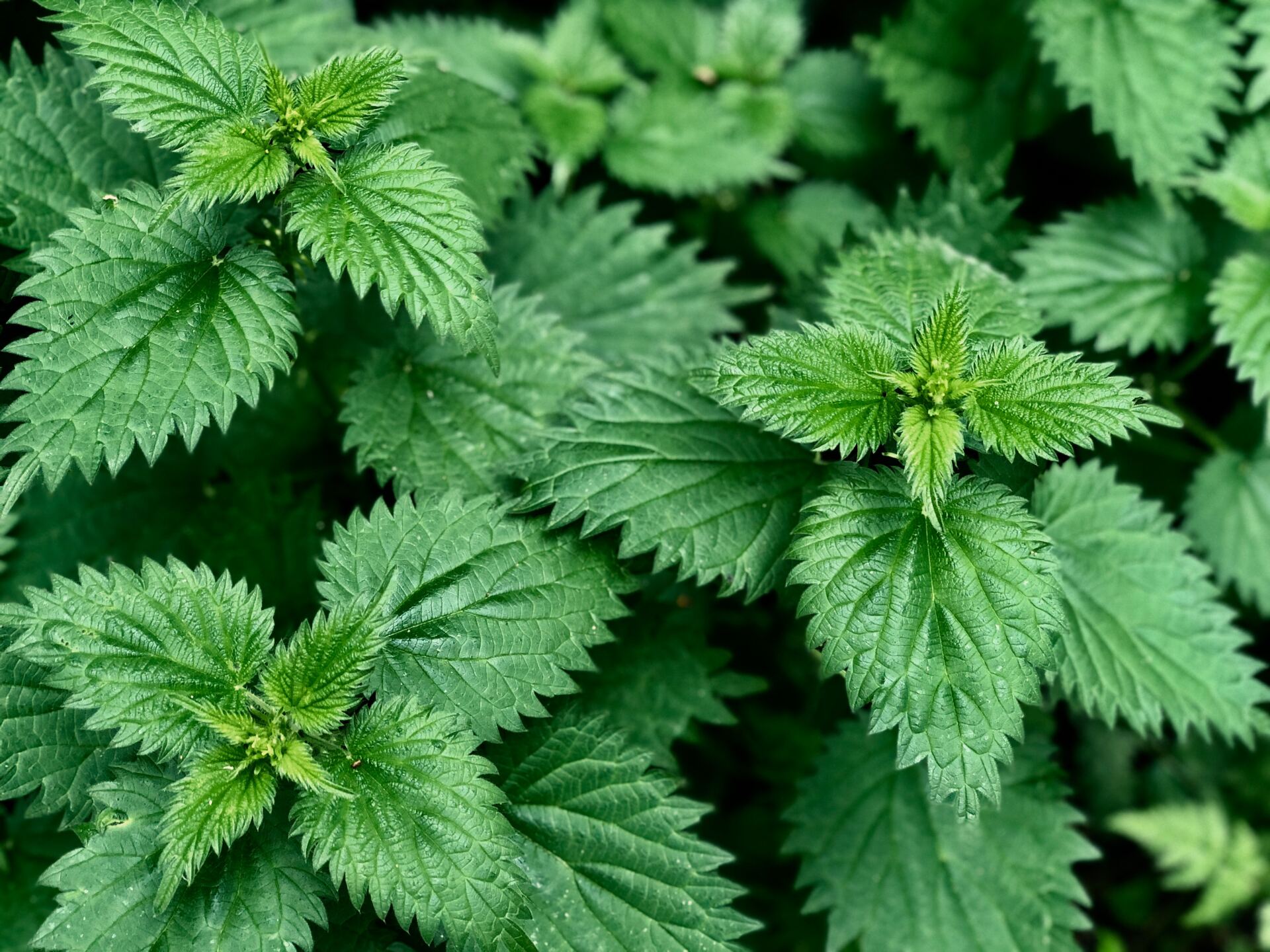








In a previous article, written back in 2015, I explained in detail the extent of sugar’s grip on the people of this land, but not this time around. You know it’s bad, you know you eat too much, and quite frankly, you don’t need miles of information on that, now do you? In as few words as possible, let’s get to the heart of sugar consumption realities and exit strategies.
Refined white sugar and all of its man-made cousins are said to be eight times more addictive than heroin. Seems difficult to believe, but numerous experts agree. What do we do about this insidious enemy of our health? I have been analyzing food journals provided to us by our clients for the better part of a decade, and it is my belief that sugar consumption is America’s number one health problem! I’m in good company saying that too. Enough! Let’s escape sugar’s grip.
Here’s how:
1. Become a “Sugar Cop.” Find your position. Examine your consumption. Learn how much you are having each day. This is a critical step. You need to know your enemy!
2. Knowing the grams to teaspoons ratio (4 grams = 1 teaspoon), read the packages of the food you consume, look at the number of teaspoons in a serving as listed on the product, determine how many servings of that you are having in a sitting, and write down your sugar intake for that item. Do this with everything you eat that you can.
3. As you start to do this, you’re going to need a food journal; keep one for ten days. It’s going to be a task – one that you’ll not only have to do to find your position, but that will also be an unnerving, yet motivating revelation.
4. Now, make a plan to taper off your sugar intake. Begin by eliminating anything you think it would be easy to just stop.
5. Next reduce the worst offenders a little at a time. Do so by a measured reduction. For instance, let’s say you eat a sugary cereal. Don’t buy it again, and eat what you have in gradually smaller amounts until it’s gone. So, as you near the end of the box, your “breakfast” is too small, what do you do? That’s the next bullet on the list.
6. As you come off sugary foods, gradually insert healthy alternatives. So, you’re reducing a sugary cereal, and the bowl is getting so small, you need more food. Now, have a hardboiled egg and ½ of an avocado with that small bowl of cereal.
7. At Common Sense Nutritional Therapy, we are not proponents of dieting, but we generally recommend the Mediterranean “diet,” which is a simple, healthy eating plan with all food groups in it. Incorporate aspects of this slowly, while you gradually remove your sugary processed foods. Just google “Mediterranean diet” and go with a version you can understand.
8. Eat good fat! Forget low fat or no fat. You need good fat under normal circumstances, but when you’re trying to shake sugar loose, you need even more good fat! This comes in the form of avocados, extra virgin coconut oil, extra virgin olive oil, etc.
Join my wife, Sherry, and me this month, as we will be teaching this more in depth at Marlene’s in Federal Way! We’ll have food suggestions and samples for you to try in our class. See you there!
Steve Fry and Sherry Fry are both Certified Healing Food Specialists. Sherry is also a Certified
Nutritional Therapy Practitioner. Learn more at Rody-Massage.com/Nutrition or call 360.477.1930.









Please give us a call for today’s deli hours as they can vary due to staffing.
Grab and go options are always available until close.
FEDERAL WAY
Monday-Saturday: 8 am - 8 pm
Sunday: 9 am - 7 pm
Please call for current deli counter service hours. Grab and go options available until closing.
2565 S. Gateway Center Place
Federal Way, WA 98003
TACOMA
Monday-Saturday: 8 am - 8 pm
Sunday: 9 am - 7 pm
Please call for current deli counter service hours. Grab and go options available until closing.
2951 S. 38th Street
Tacoma, WA 98409